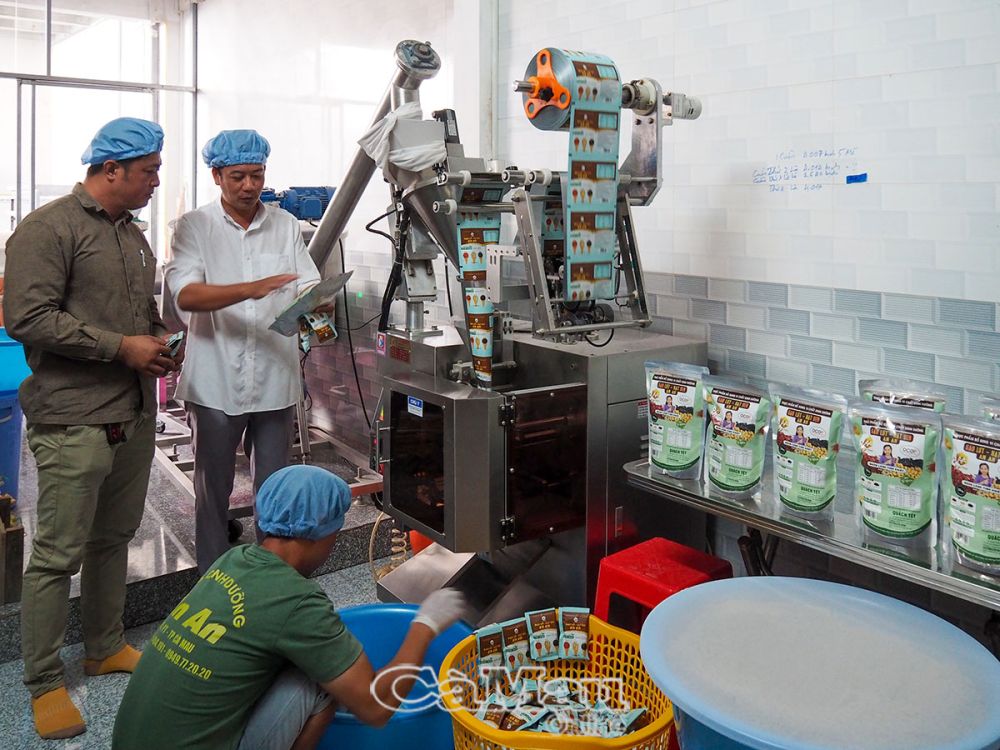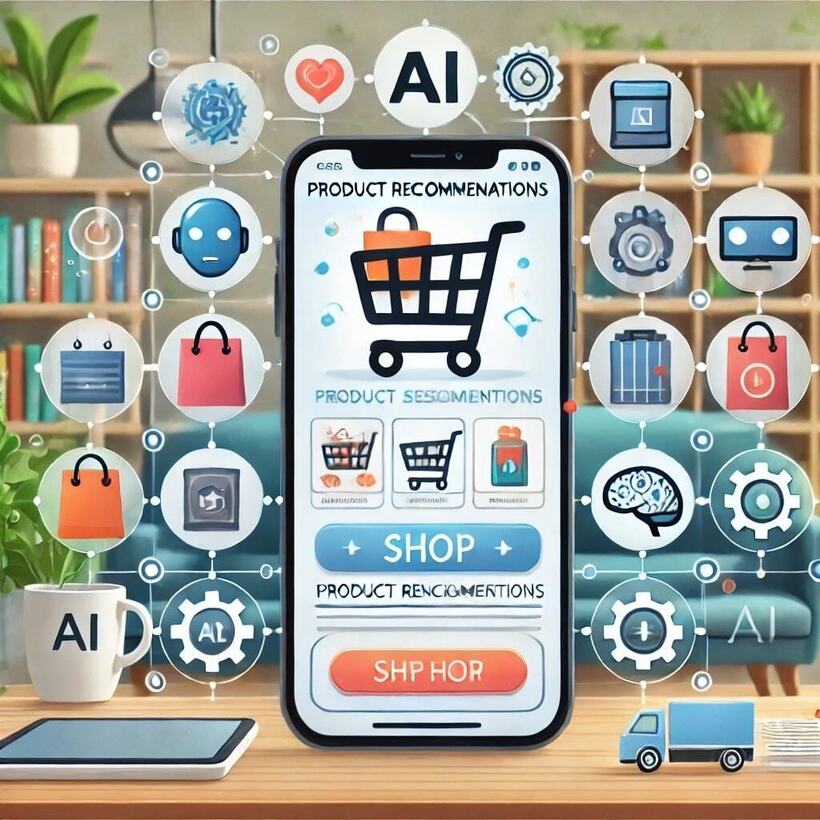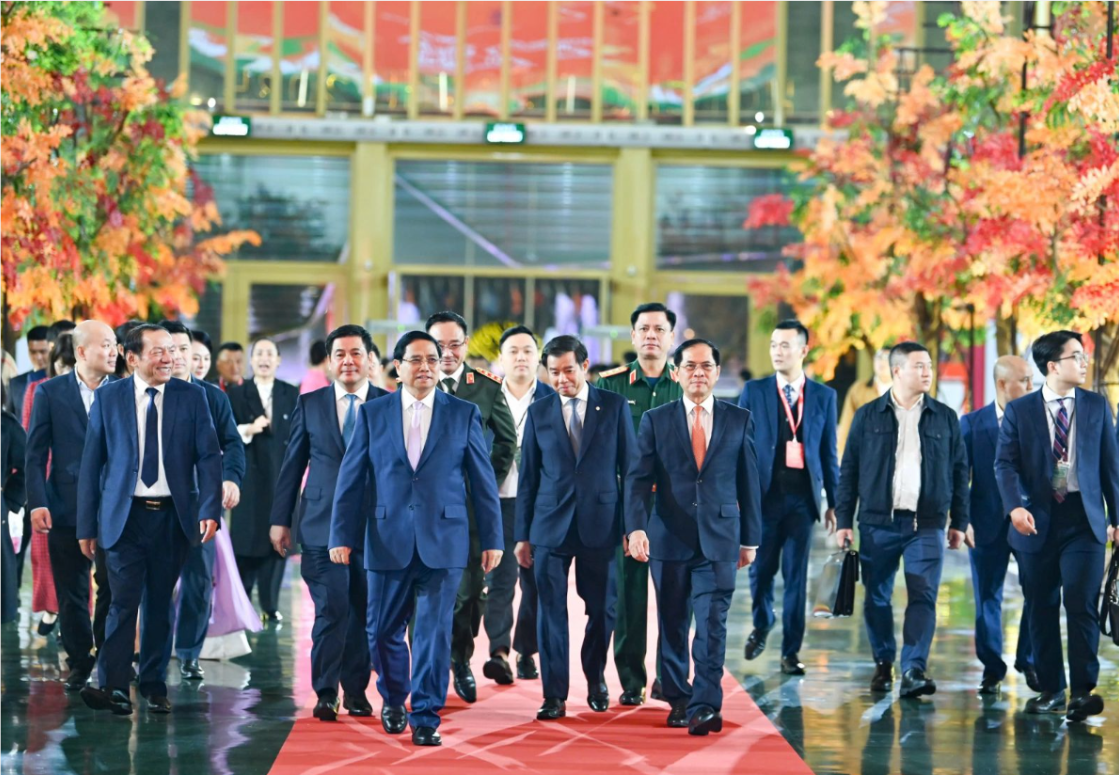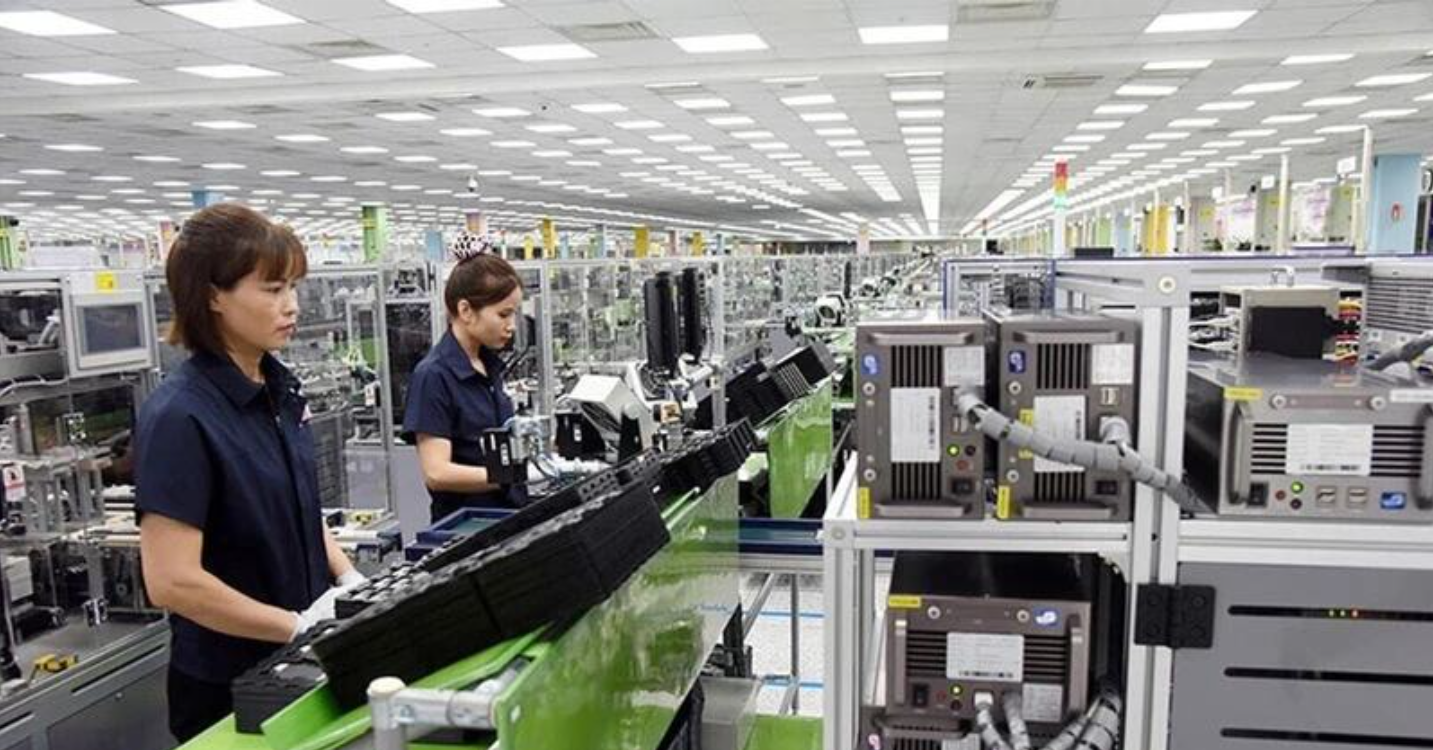
Ca Mau’s industrial promotion boosts rural industry growth
19:05 | 23/03/2025 20:10 | 04/11/2025Industry
Global e-commerce is experiencing extraordinary growth. In 2024, cross-border e-commerce reached USD 791.5 billion and is projected to maintain a growth rate above 30% in the coming years. In Viet Nam, the e-commerce market surpassed USD 25 billion in the same year, up 20 percent year-on-year, firmly ranking among the three largest markets in Southeast Asia. This is not only an inevitable business trend but also a strategic driver for national exports, incorporated into the government-led GoGlobal Plan.
Against this backdrop, artificial intelligence (AI) has emerged as a game-changer, reshaping the entire shopping experience and supply chain. Nguyen Duc Thang, Head of AI Product Engineering at Torus AI (France), and Director of Artificial Intelligence at Taureau AI Viet Nam, observes that AI has become the “new DNA” of global commerce, ushering in a new era known as A-commerce automated commerce.
The “new DNA” of cross-border commerce
In the A-commerce era, AI is no longer a mere support tool but a core component enabling the highest level of personalized shopping experiences. Virtual try-on technologies let users “try” clothes, eyewear, or cosmetics directly on their personal devices, creating interactive excitement while sharply reducing return rates, a persistent challenge in cross-border trade. At the same time, image-based search allows customers to upload a photo for AI analysis and instant display of similar products, overcoming language barriers that often hinder international transactions.
AI also powers 24/7 chatbots that provide consultations, answer inquiries, and even recommend purchases based on consumer behavior. These tools not only boost customer satisfaction but help businesses overcome time-zone differences in global trade. More importantly, AI delivers hyper-personalized recommendations. By analyzing purchase history, habits, and personal preferences, it generates tailored product suggestions, advertisements, and content, making customers feel recognized and understood. According to Nguyen Duc Thang, immersive experiences created by AI have become a mandatory expectation for e-commerce, and only enterprises willing to invest in this area can turn AI into a true competitive advantage.

How Artificial Intelligence is transforming cross-border E-Commerce
Beyond customer experience, AI is transforming supply-chain operations and profitability. With demand forecasting based on historical data, market trends, and even social-media signals, AI enables proactive inventory management, avoiding overstock or shortages. By analyzing orders and shipping routes, it supports order consolidation, lowers logistics costs, and accelerates delivery. Costly international returns are also reduced thanks to AI-driven size recommendations, improved product-information accuracy, and return-rate prediction. Another key application is dynamic pricing, allowing businesses to automatically adjust prices according to market demand, competitor actions, or inventory levels to maximize revenue.
Language barriers and cultural differences remain major challenges in cross-border trade. Generative AI is opening a new path by creating localized marketing content for each target market. Companies can therefore adapt easily to local languages, cultural nuances, and consumer preferences without heavy reliance on costly manual translation, building trust and expanding their global reach more effectively.
Nguyen Duc Thang notes that in the United States, over 30 percent of B2B e-commerce enterprises have fully integrated AI, while Europe, though later to adopt is accelerating rapidly. With this momentum, he emphasizes that companies must start by optimizing operations, crafting region-specific AI strategies, and investing strongly in immersive customer experiences if they want AI to become a true competitive lever.
Prospects for Vietnamese enterprises
For Viet Nam, this is regarded as a “golden moment to break through” in cross-border e-commerce. The country holds strategic advantages: a prime geographic location to serve as a regional logistics hub, abundant raw materials, a young workforce, and rapid digital-transformation capabilities. In the A-commerce era, integrating AI into digital-export strategies is the key to turning potential into reality.
The Ministry of Industry and Trade and the Agency for E-Commerce and Digital Economy have identified cross-border e-commerce as a strategic pillar in the national e-commerce development plan for 2026 - 2030. The goal is to build a sustainable digital-export ecosystem and enhance the international competitiveness of Vietnamese enterprises. To achieve this, comprehensive measures are planned: improving the legal framework, supporting enterprises with training and capacity building, strengthening connections with major global e-commerce platforms, and coordinating with Viet Nam Trade Offices abroad to promote exports.
Viet Nam’s logistics infrastructure is being reinforced vigorously. According to Dinh Thanh Son, Deputy General Director of ViettelPost, logistics is the backbone of e-commerce. ViettelPost and global giants such as DHL, FedEx, and UPS are making significant investments to shorten delivery times and optimize costs. Deep-water ports like Cai Mep-Thi Vai enable direct shipments to the United States in just 16 days and to Europe in 21 days. Direct flight routes and overland links to China and the Mekong region further complete the transport chain. When combined with AI, routes can be optimized, warehouses managed intelligently, and potential issues predicted early, improving the efficiency of the entire supply chain.
Beyond infrastructure, global platforms such as Amazon Global Selling and Shopee are actively supporting Vietnamese businesses. Amazon Global Selling provides one-on-one consulting, workforce training, and AI-driven data tools to optimize operations. Shopee, through the “Shopee Enables SMEs” initiative, assists small and medium enterprises with operations, marketing, and digital export. Vietnamese companies such as Yugeeks are also building their own support ecosystems, integrating warehousing, supply-chain management, and multichannel sales networks to bring Vietnamese goods to international markets via Shopee, TikTok Shop, and Amazon.
Another critical element is the Free Trade Zone (FTZ). According to Tran Thoang, Director of CT-Strategies Viet Nam, the FTZ will serve as the “e-commerce core” with e-fulfillment infrastructure, bonded warehouses, return-processing centers, and advanced data systems. Connected with international hubs such as KLIA DFTZ (Malaysia), Dubai CommerCity (UAE), and Liege eHub (EU), FTZs in Viet Nam will shorten delivery times, reduce logistics costs, and enhance product competitiveness.
At the enterprise level, Nguyen Thi Hoai An, Vice President of the Global Cross-Border E-Commerce Alliance and Chair of ACBC Viet Nam, underscores that Vietnamese businesses must prepare thoroughly. Product quality must meet international standards, supported by a clear brand narrative and professional operations. Companies should shift from an outsourcing model to building their own brands and adopt direct-to-consumer (D2C) strategies to shorten the distance to customers. Transparency and traceability, backed by advanced technology and reputable international certifications, are essential to building global trust. Above all, investment in AI and digital transformation is no longer optional, it is an imperative.
The A-commerce era, with AI as the “new DNA” of trade, presents unprecedented opportunities for Viet Nam. The combination of cutting-edge technology, robust logistics infrastructure, strong branding strategies, and a network of FTZs will be the key for the nation to become a leading regional center for manufacturing, exports, and e-commerce. By harnessing the power of AI, Vietnamese goods and brands can extend their reach and secure a strong position on the global commerce map.

19:05 | 23/03/2025 20:10 | 04/11/2025Industry

19:05 | 23/03/2025 20:09 | 04/11/2025Trade

19:05 | 23/03/2025 20:06 | 04/11/2025News and Events

19:05 | 23/03/2025 11:43 | 04/11/2025Trade

19:05 | 23/03/2025 11:39 | 04/11/2025Industry